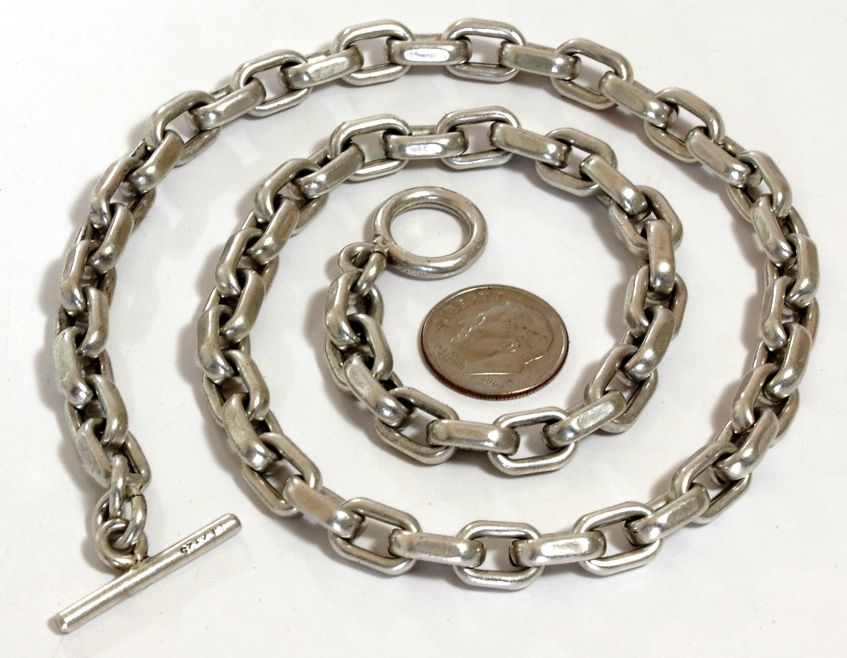Critterhunter
New member
Just curious about this. I have at times dug it all in the hopes of unmasking old coins or finding a gold ring, but have to admit that I've done very little of that over the years. Just when I'm in the mood to do it. Once in a great while I'll steak out a small say 10x10 foot section of a trashy old park and dig every signal above iron. The few times I've done it I have been rewarded, such as a v-nickle that had 3 or 4 screw caps above it in the same hole. But I have to say that I've rarely had the mindset and will to do such a thing.
So I'm wondering how many of you guys have done that in an old park or such, where you just can't seem to find "easy" old coin finds anymore. Have you unmasked some silver, some gold rings, or found an old token or some other interesting find that you wouldn't have found any other way? Also curious what kind of silver you have found. Were they rosies that could easily have been masked by say a pull tab in the 60's or 70's, or have you found older silver that it took years for some more modern trash to fall over and mask?
As time goes by I think this kind of hunting will be more common. Machines have got so good that the real deep silver (say 8 to 12") , or the ones moderately masked by junk, have been or are being found by modern detectors. When those pickings get even slimer than they are now there won't be anything left but to dig all the signals above iron and hope for a good find or something that was being severly masked by junk.
So I'm wondering how many of you guys have done that in an old park or such, where you just can't seem to find "easy" old coin finds anymore. Have you unmasked some silver, some gold rings, or found an old token or some other interesting find that you wouldn't have found any other way? Also curious what kind of silver you have found. Were they rosies that could easily have been masked by say a pull tab in the 60's or 70's, or have you found older silver that it took years for some more modern trash to fall over and mask?
As time goes by I think this kind of hunting will be more common. Machines have got so good that the real deep silver (say 8 to 12") , or the ones moderately masked by junk, have been or are being found by modern detectors. When those pickings get even slimer than they are now there won't be anything left but to dig all the signals above iron and hope for a good find or something that was being severly masked by junk.



